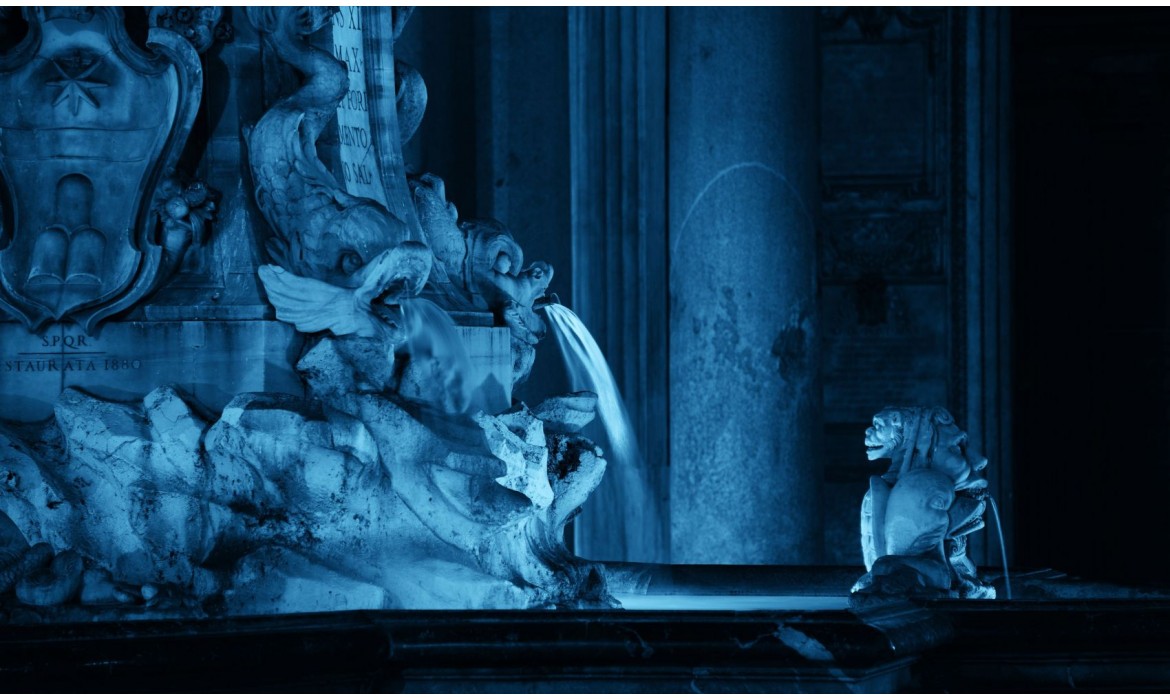Gli abitanti di Roma Capitale sanno che il centro storico è l’area ricompresa all’interno delle Mura Aureliane.
Le Mura prendono il nome dall’imperatore Aureliano, che le fece edificare tra il 270 e il 275 d.C. per difendere Roma dalle incursioni barbariche.
Lunghe circa 19 km, le Mura sono delimitate:
• a Nord, da Porta Flaminia;
• a Sud, dalla Porta Ardeatina e Porta San Giovanni;
• a Ovest, da Porta San Pancrazio;
• a Est, da Porta Pia.
Lo spazio racchiuso dalle Mura Aureliane rappresenta non soltanto una delimitazione del territorio che identifica la parte più antica della città, ma anche lo spauracchio di automobilisti e avventori vari che, non appena si sentono invitati a partecipare a un evento in centro, cominciano a visualizzare, sudando freddo, lo spauracchio dello ZTL.
Negli ultimi 50 anni al concept di centro storico, tradizionalmente inteso, si è affiancata una visione più moderna dell’anima storica di Roma: non più "centro storico di Roma" ma la Città Storica.
Così, se originariamente la tutela del territorio seguiva il criterio della zonizzazione (la tutela segue la zona), oggi si tiene conto dei tessuti urbanistici disseminati nelle varie aree della città ritenuti meritevoli di tutela a prescindere dall’area in cui ricadono.
La scelta è quella di tutelare il territorio della Capitale nella sua interezza, in funzione delle esigenze specifiche del tessuto urbanistico riconducibile alla tradizione storico-artistico-archeologica della città.
Soltanto attraverso una trasformazione intelligente e misurata del territorio è possibile garantire la coesistenza di antichità e modernità. Ecco perché la Città Storica.
L’assetto del territorio del comune di Roma è regolato dal PRG (Piano Regolatore Generale), approvato dal Consiglio comunale con deliberazione 12 febbraio 2008, n. 18, in vigore dalla pubblicazione sul Bollettino Ufficiale della regione Lazio del 14 marzo 2008.
Attualmente il PRG prevede tre tipologie di interventi sul territorio così concepito:
a) i tessuti della Città Storica;
b) i tessuti urbani diversi dalla Città storica;
c) gli ambiti urbani di interesse strategico.
Vediamo, nel dettaglio, di cosa si tratta.
I TESSUTI DELLA CITTÀ STORICA
Si definiscono “Tessuti della Città Storica” «gli isolati o parti di isolato ad essa appartenenti costituiti dall’aggregazione di edifici, con relativi spazi aperti di pertinenza e l’esclusione delle sedi viarie, riconducibili a regole sostanzialmente omogenee d’impianto, suddivisione del suolo, disposizione e rapporto con i tracciati, nonché di prevalente caratterizzazione tipologica, formale, costruttiva e funzionale. Rientrano in tali tessuti gli edifici seriali e gli edifici a tipologia edilizia speciale esprimenti le stesse regole del tessuto di appartenenza», (art. 25, Norme tecniche di attuazione del PRG del Comune di Roma).
I tessuti menzionati sono, pertanto, individuati e classificati per caratteristiche omogenee in relazione al periodo storico in cui hanno avuto origine:
T1: Tessuti di origine medioevale;
T2: Tessuti di espansione rinascimentale e moderna pre-unitaria;
T3: Tessuti di ristrutturazione urbanistica otto-novecentesca;
T4: Tessuti di espansione otto-novecentesca ad isolato;
T5: Tessuti di espansione otto-novecentesca a lottizzazione edilizia puntiforme;
T6: Tessuti di espansione novecentesca a fronti continue;
T7: Tessuti di espansione novecentesca a lottizzazione edilizia puntiforme;
T8: Tessuti di espansione novecentesca con impianto moderno e unitario;
T9: Edifici isolati;
T10: Nuclei storici isolati.
I tessuti della Città Storica sono riportati su mappa topografica nell’elaborato 2. “Sistemi e Regole”, in scala 1:5.000.
Per lo svolgimento di attività commerciali all’interno dei tessuti della Città Storica, il Comune ha dettato regole molto precise al fine di preservare il decoro urbano e favorire lo sviluppo di un tessuto produttivo equilibrato. Si parla, in questo senso, di attività tutelate.
I TESSUTI URBANI DIVERSI DALLA CITTÀ STORICA
I tessuti diversi dalla Città Storica sono quelli che costituiscono la Città Consolidata, la Città da Ristrutturare, la Città della Trasformazione.
Tali territori sono rappresentati nell’elaborato 3. “Sistemi e Regole”, scala 1:10.000.
La Città Consolidata è stata definita dallo strumento urbanistico risalente in gran parte al PRG del 1931.
I tessuti della Città consolidata sono individuati e disciplinati dall’art. 45 delle Norme tecniche di attuazione.
Si tratta di porzioni omogenee di territorio di impianto novecentesco:
T1-Tessuti di espansione novecentesca a tipologia definita e a media densità insediativa;
T2-Tessuti di espansione novecentesca a tipologia definita e ad alta densità insediativa;
T3-Tessuti di espansione novecentesca a tipologia libera.
La Città da Ristrutturare è individuata dall’art. 53 delle Norme tecniche di attuazione.
Si riferisce a un insieme di isolati o di lotti edificati e non, con esclusione delle sedi viarie:
a) Tessuti prevalentemente residenziali;
b) Tessuti prevalentemente per attività.
Nella Città della Trasformazione confluiscono gli Ambiti della Trasformazione ordinaria e gli Ambiti a definizione particolareggiata definita, ovvero aree dell’urbs in cui sono stati approvati (o sono in corso di approvazione) gli strumenti urbanistici esecutivi.
Tutti gli elementi archeologici e monumentali, vincolati e non vincolati, antichi e moderni, visibili sul tessuto della città contemporanea sono stati riportati nella Carta per la Qualità, un elaborato gestionaledel PRG del costituita da 34 fogli in scala 1:10.000 (Elaborato G1) e dalla Guida per la Qualità degli interventi (elaborato G2).
AMBITI URBANI DI INTERESSE STRATEGICO
Gli Ambiti urbani di interesse strategico denotano le aree urbane considerate decisive per la trasformazione territoriale della Città.
Attualmente gli Ambiti di programmazione strategica sono cinque:
1. Tevere;
2. Mura;
3. Parco Archeologico Monumentale;
4. Foro Italico-Eur;
5. Cintura ferroviaria.
Queste aree si rivelano particolarmente preziose in quanto rappresentano un ponte tra presente e passato.
La loro valorizzazione è determinante per intessere un fil rouge tra la città antica e la città moderna senza soluzione di continuità.

